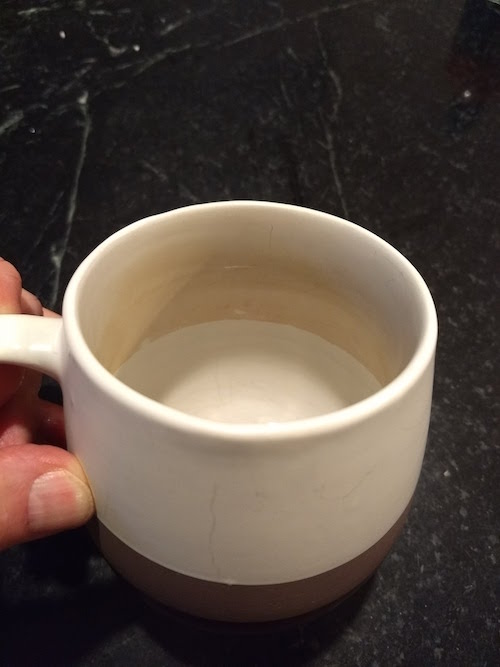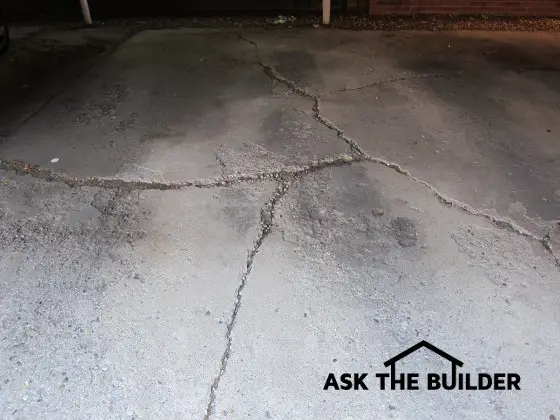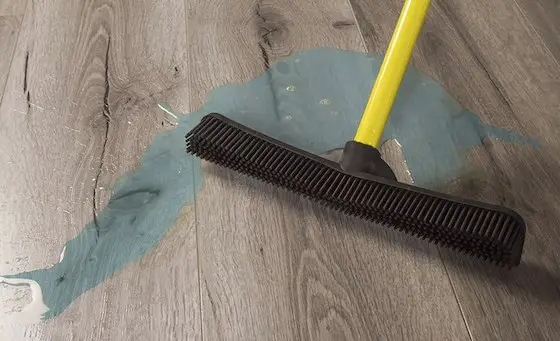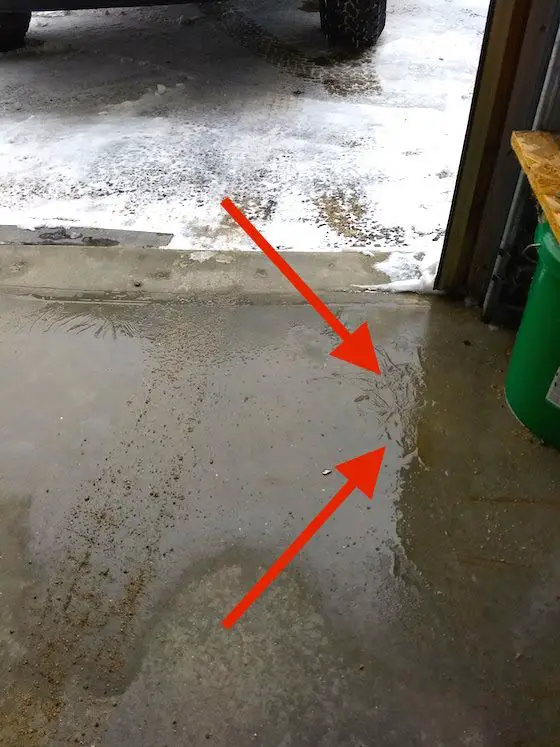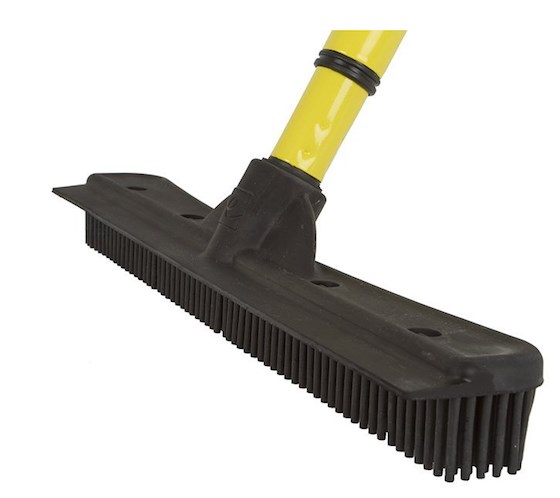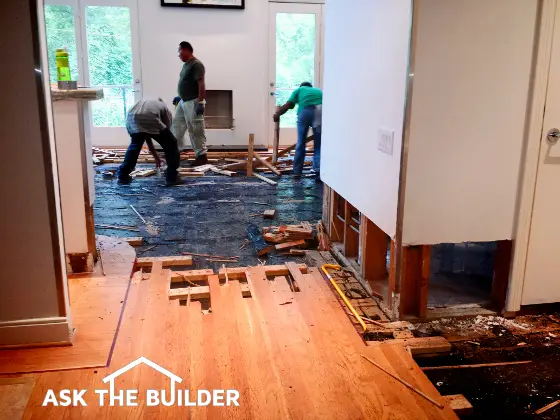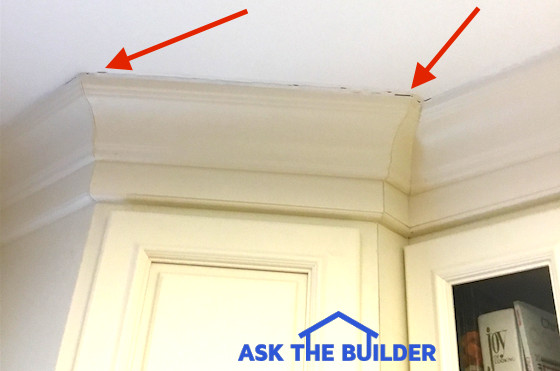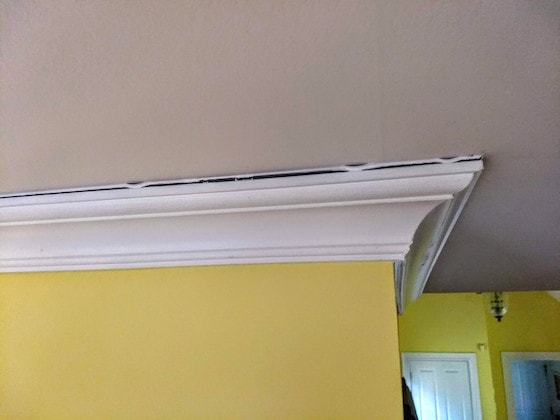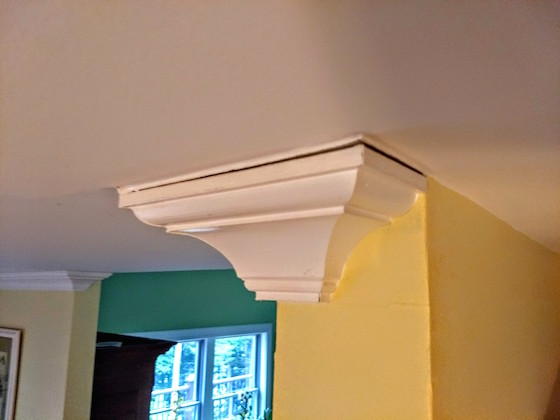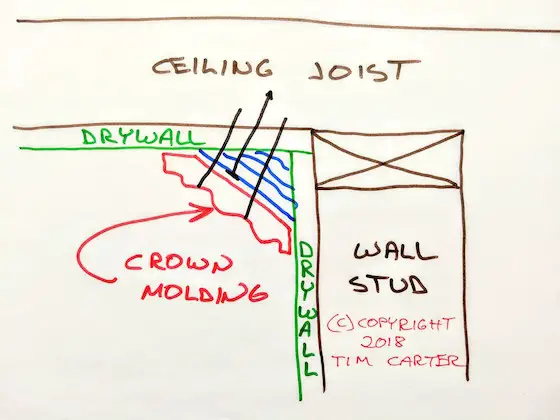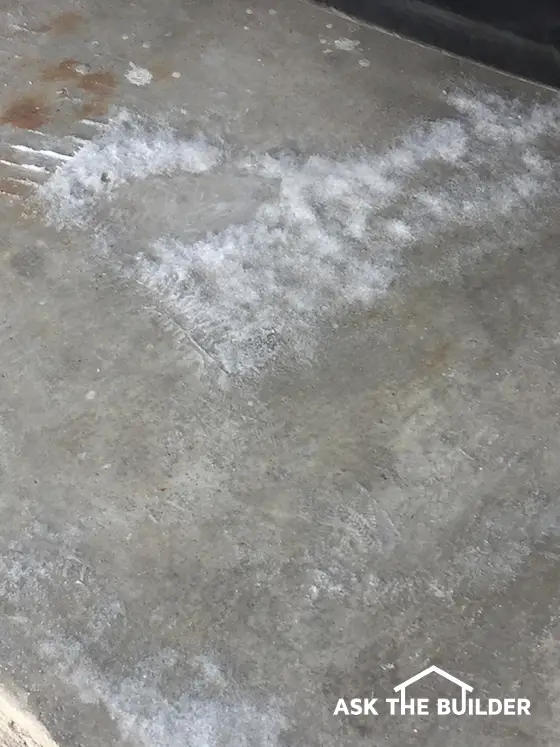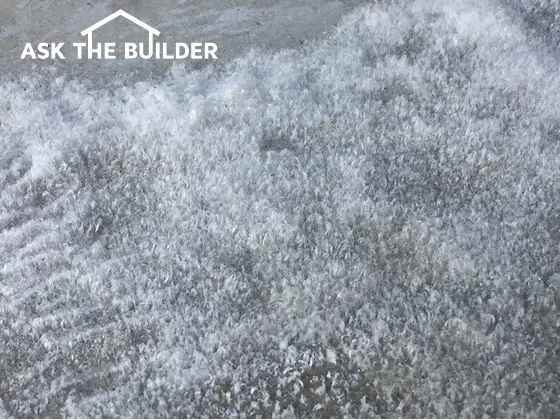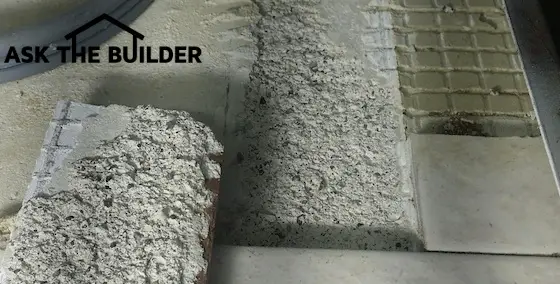Two days ago, I sent out a newsletter that was rife with errors. I'm talking typographic, spelling and who-knows-what!
I proofread that newsletter no less than five times over a period of two days as I created it. Suffice it to say I was cringing Sunday morning when I received a copy in my Inbox.
When I opened it, the mistakes were like talons and clawed my eyes out.
Arrrrrggggghhhhh! I'll try to do better.
New Subscribers Welcome - Old Subscribers, Hi!
You may be a new subscriber in the past few days. Quite a few signups have happened and I welcome you! If you're a seasoned subscriber, I don't want you to feel left out, so thanks for being here too.
The Scavenger Hunt - Attention New Subscribers!
Early Sunday morning, I sent out a blast about the Ask the Builder 2018 Scavenger Hunt game. You may have missed it with all the excitement about the wretched football game.
Look at this photo for a second. Go ahead and click it if you want.

Right in the center is a fantastic LE Johnson pocket door.
There's also lots more in the photo. How many different fruits can you see? You really need to look hard.
When you play the game, you get to see several of these awe-inspiring photos of different types of pocket doors.
Some will take your breath away. No kidding!
My games test your cognitive skills, and I share NEW products at the same time. Here's a few comments from a few happy subscribers that played the game on Sunday:
Sara Martin hails from Knoxville, TN and said, "Loved the glass french doors that slide into the same pocket!"
Colette who lives up in chilly Chipman, Alberta, Canada shared, "The doors make me want to do some renovations."
Jim Regis who calls Downers Grove, IL home said, "Two doors in the same pocket is amazing!"
Jim was talking about the new multi-bypass door system by LE Johnson.
Want to see it? I thought so.
CLICK HERE and get started!
Be SURE to scroll to the TOP of the quiz page after you click SUBMIT. You'll be able to see your score AND the correct answers to my questions.
If you played the game and want to see the CORRECT answers to the questions, play again.
My Old Radio Show - Coming Alive Again
One late winter afternoon in 1994, I was sitting next to another dad at my daughter Meghan's grade school basketball game.
"Marty, guess what I did this morning? I was a guest on Gary Sullivan's home improvement radio show!"
"Cool. Did you have fun? How would you like to have your own show?"
Marty was the program director for the top oldies station in Cincinnati, Ohio - WGRR - 103.5. He knew many of the other program directors and WMOH in Hamilton, Ohio was looking for a host to do a call-in home improvement show.
A month later, I was on the air. I had no idea how hard it was to do radio, but I persevered and went on to do the two-hour show at three different stations over the next 12 years.
It was a boatload of fun answering live calls, and I even ran the control board for about seven of the years. Working the pots on the board, playing the bumper music and doing live radio was exhilarating.
Guess what? I'm bringing the show back using modern technology.
If all goes well on or before March 1st, you're going to hear the first Ask the Builder podcast!
What's a podcast?
A podcast is just like radio, but you the listener are in control of everything.
You control WHEN you listen. You control WHAT you listen to. You can start, pause and stop it when you want.
It's the audio version of your DVR if you tape and watch TV shows and movies.
Here's the format I'm going to start with:
Open - I welcome you and tell you what the podcast is going to cover.
Segment 1 - First homeowner / builder call - I solve a problem for a homeowner, builder or remodeler.
Segment 2 - Second call - same as above
Tim's Time Travel - A short segment where I share a story about something that happened on a past job that's either funny, sad, thought provoking or a teaching moment.
Do you want to be on the podcast? Do you want me to call you and solve your problem for free?
The calls are recorded. You're not on LIVE like a real radio show. Live radio or TV is scary for many.
Recording the calls allows you to relax so we can have some fun!
If you want me to call you on the phone to solve your problem, CLICK HERE and sign up. You must supply at least two great high-resolution photos of your problem.
NOTE TO SPONSORS: I've got an incredible deal for the first eight charter sponsors for the podcast. If you're a marketing director or report to one and have a great product you want me to feature on the podcast, now's the time to get in touch.
You're not going to believe the deal I'm offering - but your product must be great - one I'd use in my own home.
Ugly Crown Molding Ceiling Gaps
Do you have crown molding in your home? In the cool / cold winter months does a gap appear where it touches the ceiling?
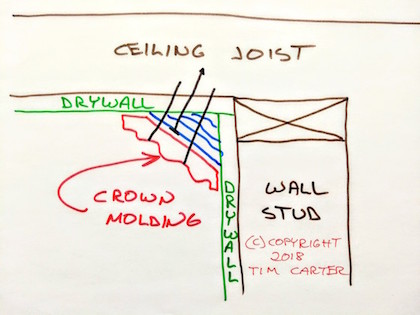
CLICK HERE to discover how to prevent the gaps and how to fix them if you have them.
Remove Oil Stains From Concrete
Has a delivery truck dripped oil or hydraulic fluid on your gorgeous concrete or brick paver driveway?
Don't blow a head gasket!!! RELAX!

CLICK HERE NOW to see how to clean fresh oil stains fast.
If you have OLDER OIL STAINS, I share how to remove those too. You can get out old oil stains, but it's a bit of a chore.
CLICK NOW.
New and Revised Columns For You
Efflorescence or Mold? Does it Damage Concrete?
SECRET Mix for Long Lasting Concrete - It's Possible
Does SALT Ruin Concrete? What's Really Going On Tim? Surprise Answer!
That's quite enough for today.
I'll be in NYC the next three days. Lower Manhattan.
I asked you if you wanted to meet up. Last call if you want to meet up for dinner tomorrow night!
Tim Carter
Founder - www.AsktheBuilder.com
Do It Right, Not Over!


